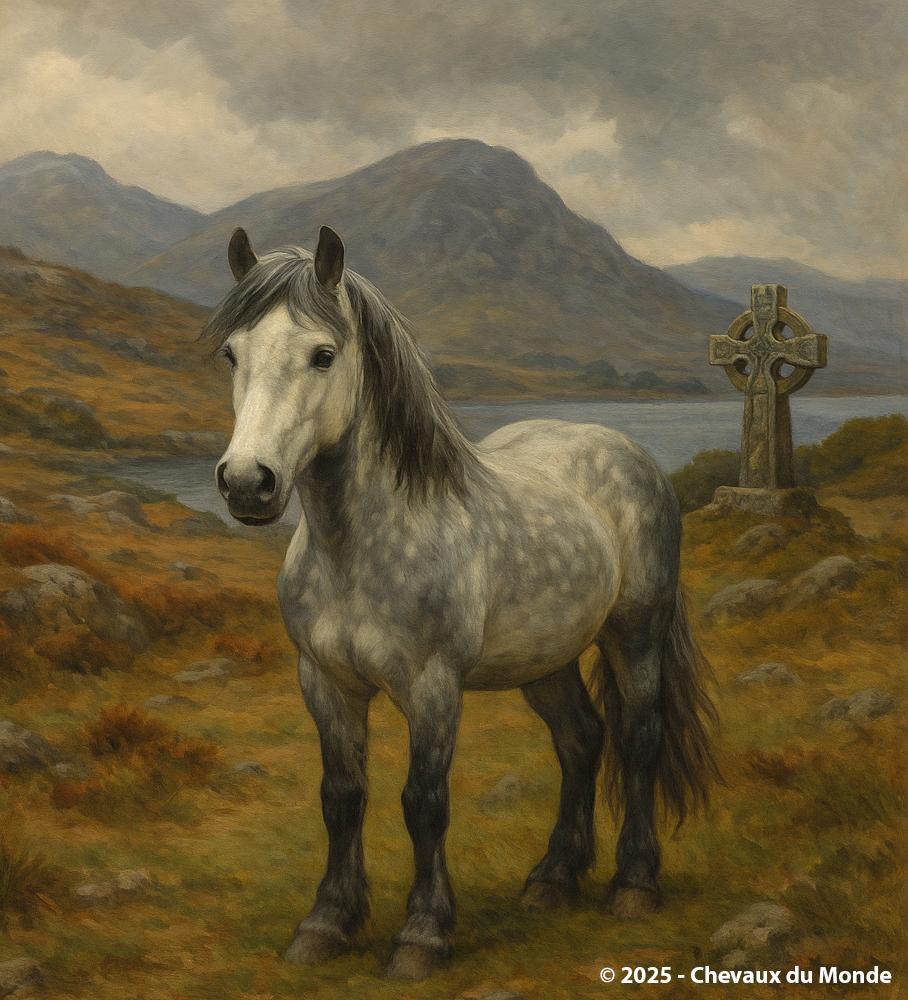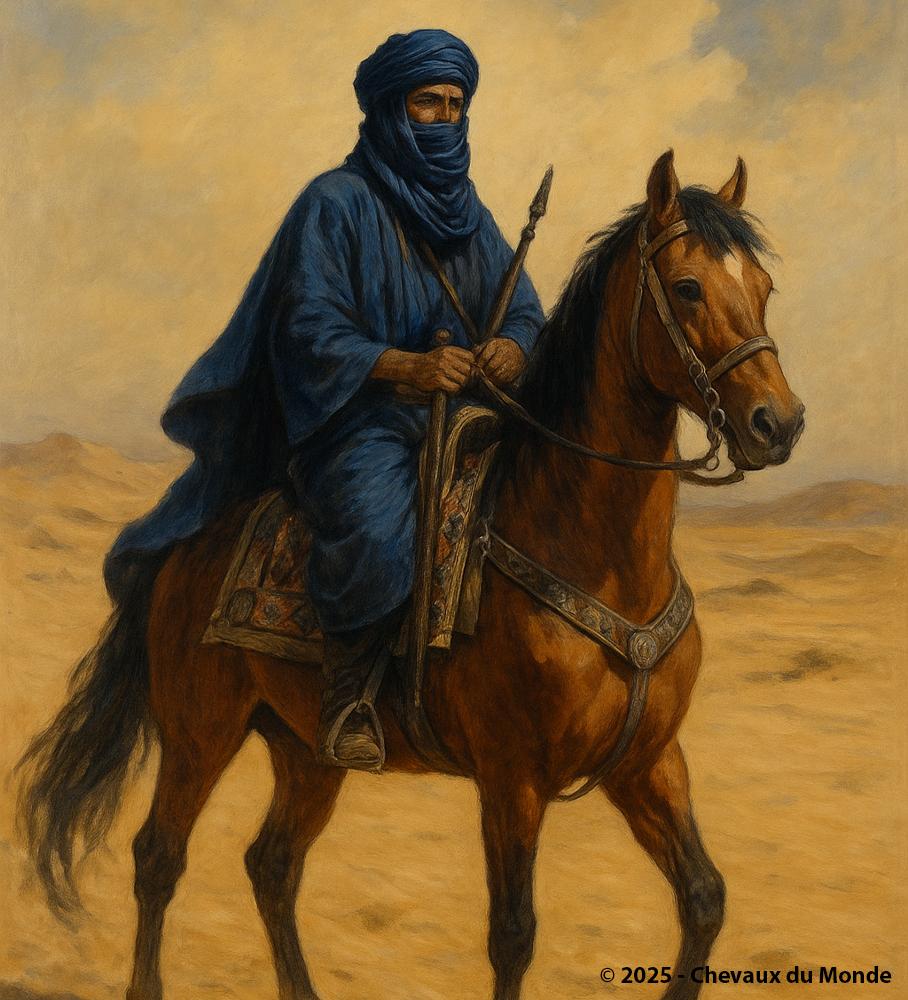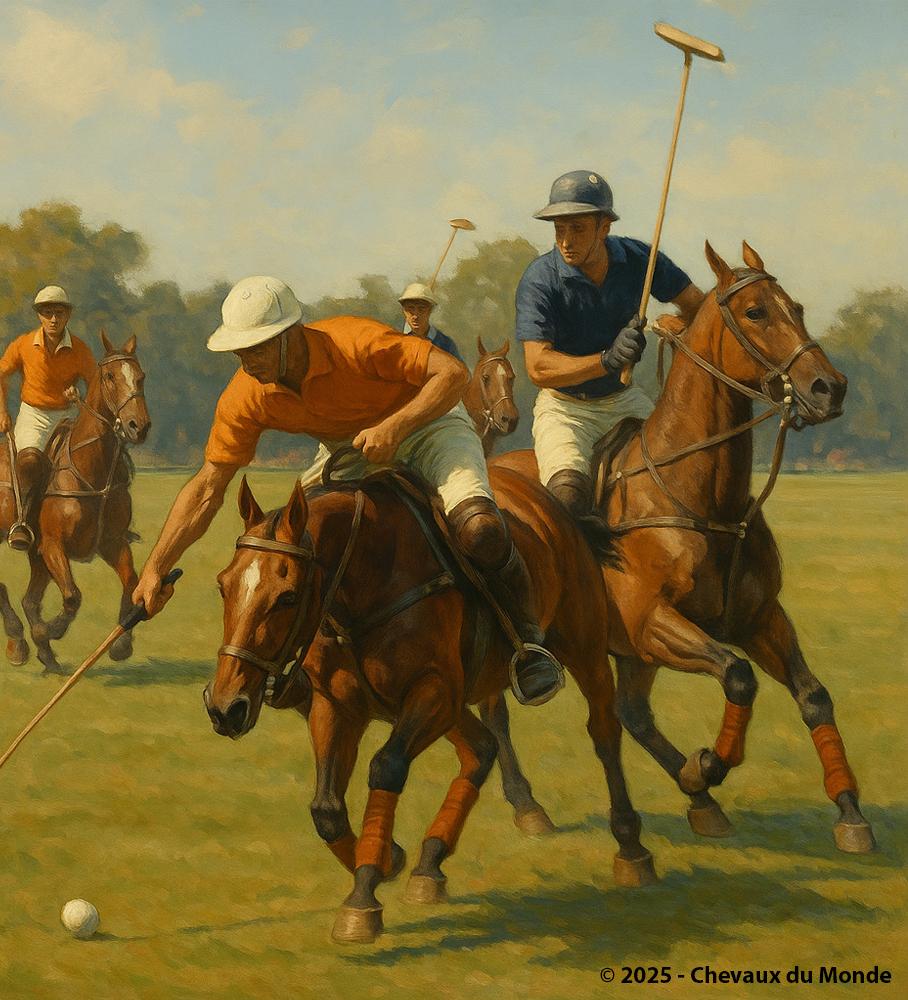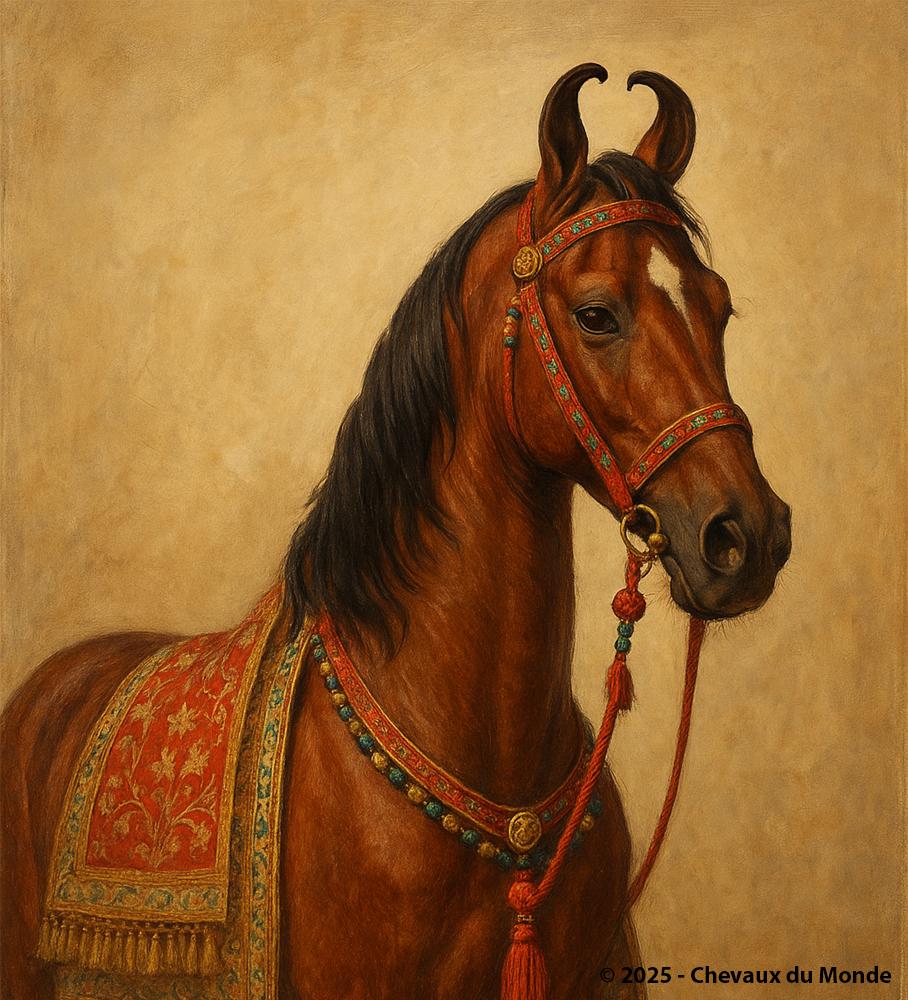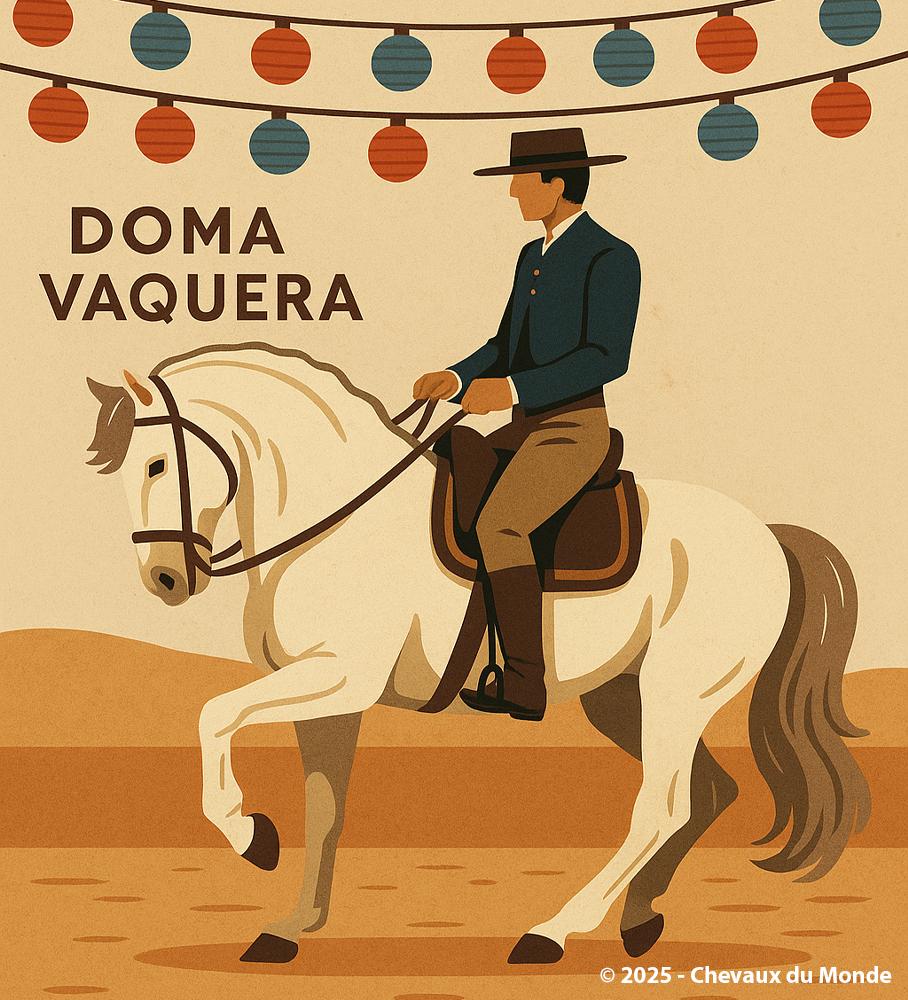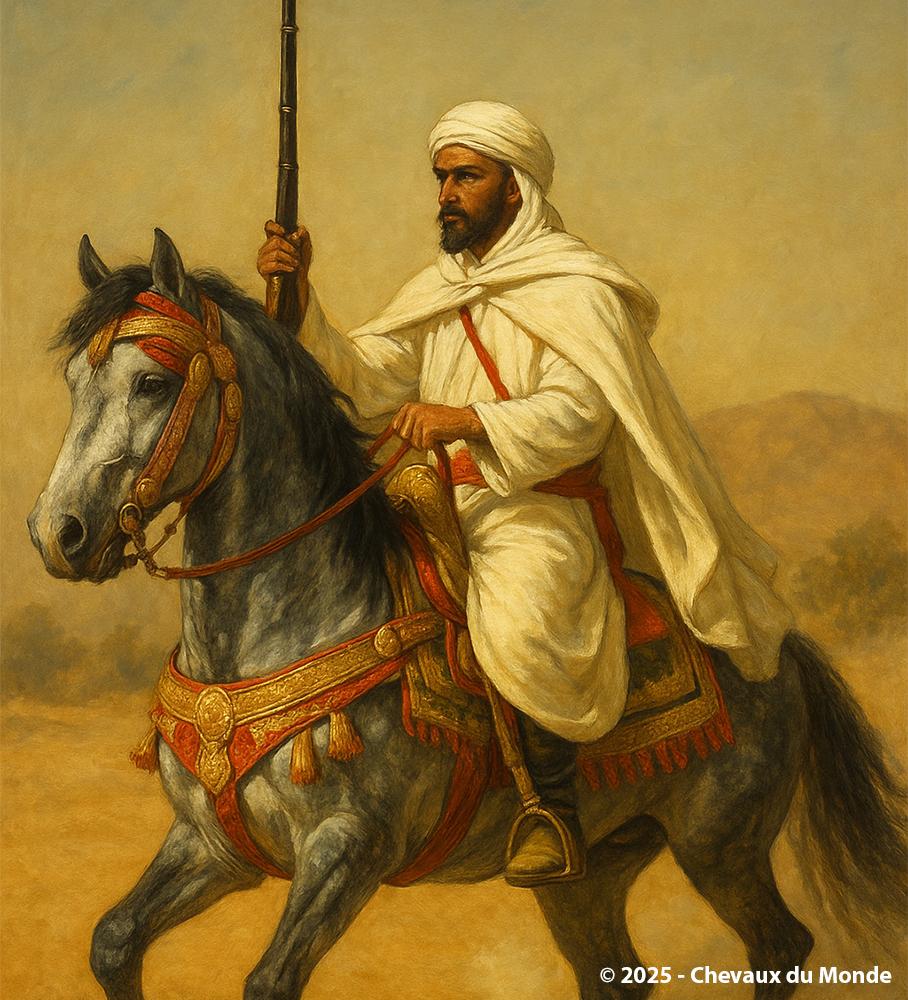THE ROLE OF THE HORSE IN THE CONQUEST OF THE AMERICAN WEST
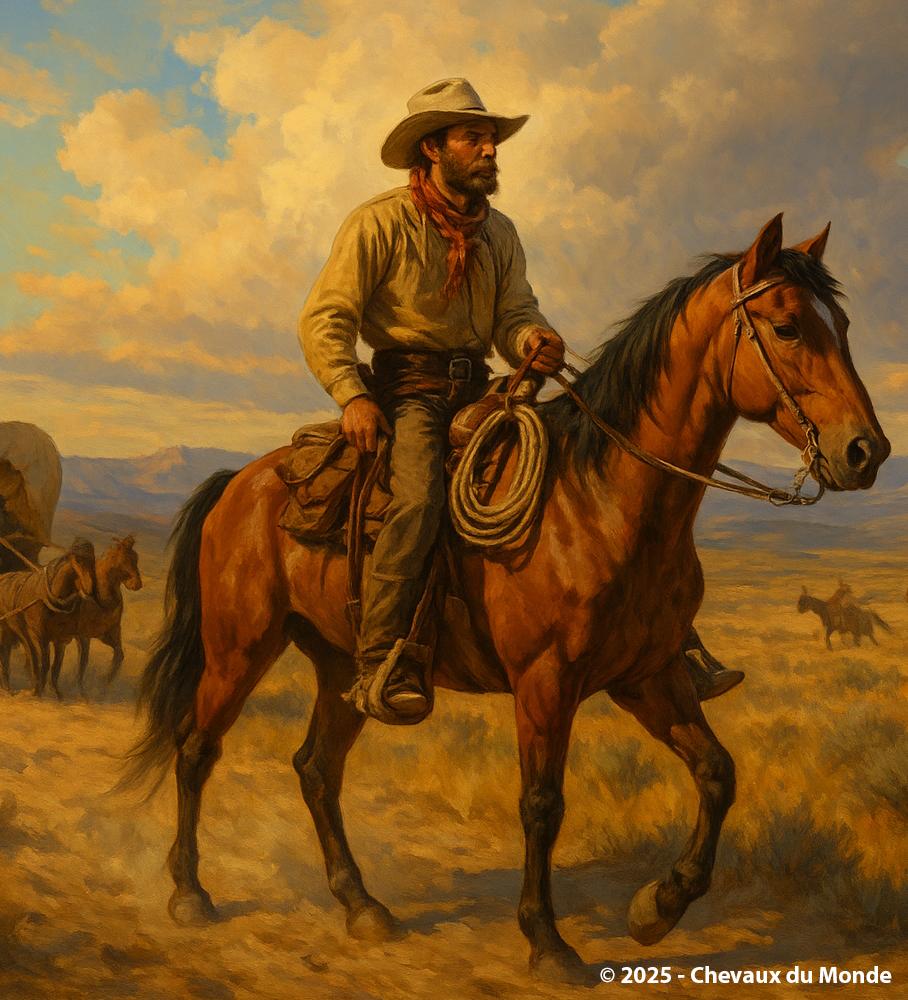
Companion of conquest: the horse was a key ally of pioneers, cowboys, and the westward expansion across the frontier.
The conquest of the West, from the early 19th century to the end of the century, was a major episode in the history of the United States. Behind the pioneers, settlers, gold prospectors, and cowboys, one essential actor marked this epic journey: the horse. A true companion of survival, it was at once a working tool, a means of transport, a military ally, and a cultural symbol of this expansion into the unknown.
1. The Horse, Driving Force of the Conquest
1.1. Transport and Mobility
- Horses allowed settlers to travel long distances across unexplored territories.
- They were indispensable for pulling the wagons of pioneer families along trails such as the Oregon Trail.
- In a vast and often hostile environment, the speed offered by the horse could mean the difference between life and death.
1.2. A Military Asset
- The U.S. Army made massive use of horses, especially in the cavalry, to control vast territories.
- Horses were essential in battles with Native nations, but also for patrols, message delivery, and reconnaissance.
2. The Horse and Native Peoples
2.1. The Arrival of the Horse among Native Americans
- Introduced by the Spanish in the 16th century, the horse quickly spread across the Great Plains.
- For peoples such as the Sioux, Cheyenne, and Comanche, the horse became indispensable for bison hunting and warfare.
2.2. A New Social Organization
- Mastery of the horse deeply transformed the culture of the Plains nations.
- It enabled a more mobile lifestyle, facilitating movement and territorial expansion.
- The prestige of a warrior or tribe was also measured by the quantity and quality of horses owned.
3. Horses of the Pioneers and Cowboys
3.1. Work on Ranches
- With the rise of cattle ranching, especially after the Civil War, the horse became the central tool of the cowboy.
- Breeds such as the Quarter Horse, known for speed and agility, were particularly well-suited for cattle herding.
3.2. The Role in Major Cattle Drives
- During the cattle drives between Texas and Kansas, cowboys spent weeks on horseback.
- The horse was their trusted partner under often extreme conditions.
4. The Horse and the Imaginary West
4.1. A Symbol of Freedom and Power
- The horse became an iconic figure of the American West, associated with freedom, vast open spaces, and conquest.
- It took center stage in literature, painting, and later in cinema (westerns).
4.2. Iconic Breeds
- The Mustang, a horse gone wild after escaping from Spanish herds, embodies the freedom of the Great Plains.
- The Quarter Horse remained the workhorse par excellence.
- Other breeds, such as the Morgan or the Tennessee Walker, were also widely used during this period.
5. Heritage and Memory
5.1. A Lasting Impact
- The horse shaped American society in the 19th century, enabling westward expansion and the building of a national myth.
- It contributed to the birth of the ranching economy and the rise of equestrian traditions still alive today (rodeos, western riding).
5.2. Preserving the Memory
- Museums, monuments, and festivals commemorate the role of horses in the conquest of the West.
- In the collective imagination, the silhouette of a rider against the sunset remains a powerful symbol of this era.
Conclusion
Without the horse, the conquest of the West would not have been possible. As a companion, working partner, and symbol of freedom, it was present at every stage of this historic expansion. Even today, it remains inseparable from the myth of the American West and the cultural identity of the United States.

